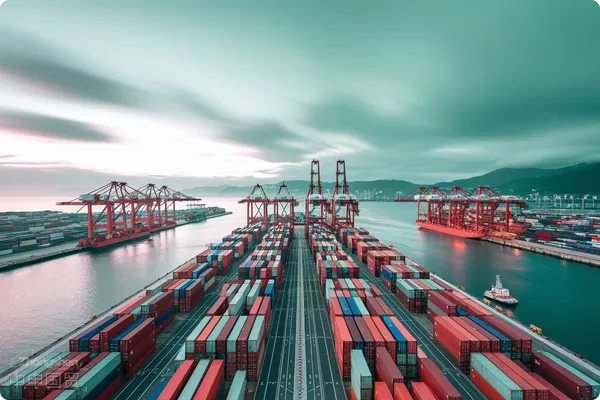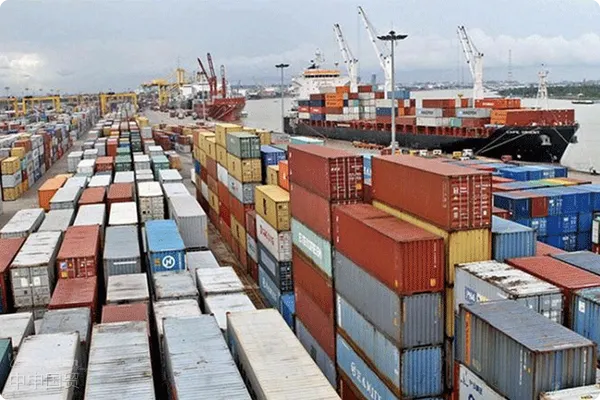- Shanghai Zhongshen International Trade Co., Ltd. - Two decades of trade agency expertise.
- Service Hotline: 139 1787 2118

foreign tradeThe ISO Certification Dilemma for Enterprises
In international trade, ISO 9001 Quality Management System and ISO 14001 Environmental Management System certifications have become basic requirements for many overseas buyers. However, for pure trading companies, this often becomes a thorny issue. We frequently encounter situations where clients insist on providing ISO certification, but the trading company itself lacks production qualifications, while business negotiations are conducted in the name of the factory.
This contradiction is not an isolated case. According to research data from the International Trade Centre, about 68% of small and medium-sized foreign trade enterprises have faced similar certification dilemmas. The core issue is: how to meet customer demands while maintaining commercial integrity without violating certification rules?
The Essential Interpretation of Certification Rules
The ISO certification system has strict scope of application rules. Simply put:
- Production-oriented enterprises: Can apply for full system certification including production processes
- Pure trading companies: Can only apply for partial certification related to trading activities
During audits, certification bodies strictly verify the business scope on the business license. If the registration information does not include terms like production or manufacturing, the certification scope will automatically exclude production-related aspects. This is why many trading companies find that even after obtaining ISO certification, the certificate cannot reflect production-related content.
Three Paths to Compliant Solutions
Based on 20 years of foreign trade practice, I summarize the following three compliant solutions:
Solution 1: Establishing a Certification Alliance with Factories
The most reliable approach is to reach a certification cooperation agreement with partner factories. Specific operations include:
- Applying for full certification in the name of the factory
- Indicate the trading company as a related party in the certificate
- Prepare factory authorization documents for reference
Although this approach takes longer (typically 3-6 months), it is fully compliant and offers long-term benefits. I once assisted a Ningbo-based foreign trade company in adopting this solution, which not only resolved certification issues but also deepened their strategic partnership with the factory.
Option 2: Adjust business registration
If the company indeed has production management capabilities, consider:
- Modify the business license to include manufacturing scope
- Establish a simplified quality management system
- Apply for complete certification including production processes
Note that this approach means the company must genuinely assume production management responsibilities, making it suitable for businesses transitioning to an integrated manufacturing-trading model.
Option 3: Communicate transparently to seek understanding
For long-term, high-quality clients, you may:
- Honestly explain the companys role as a trader
- Provide the factorys complete certification documents
- Demonstrate the supplier quality control system
In practice, about 40% of mature buyers can understand this division of labor model, especially when the company provides comprehensive supplier audit reports.
Risk Warning: Avoid these shortcuts,
There are some so-called quick solutions circulating in the market, but all carry significant risks:
- PS偽造證書Modern ISO certificates mostly feature QR code verification, making them easily detectable
- Affiliating with shell factoriesFactories without actual production personnel or facilities cannot withstand client inspections
- False business registrationRegistration information inconsistent with actual operations may lead to legal issues
Last year, a Shenzhen company not only lost millions in orders but was also blacklisted by buyers for using a fake ISO certificate. Such lessons should serve as a warning.
Strategic considerations for long-term development
The ISO certification issue appears to be a qualification problem but actually reflects the business model choices of foreign trade companies. I recommend companies consider strategically:
- If adhering to a pure trading model, establish a professional supplier management system
- If seeking more initiative, consider transitioning to an integrated manufacturing-trading model
- Regardless of the choice, integrity and compliance are the cornerstones of international business
In this era of transparent information, clients inspection methods are becoming increasingly professional. Rather than struggling to meet various qualification requirements, its better to fundamentally build a sustainable business model. After all, ISO certification is just a means; enhancing core competitiveness is the ultimate goal.
As a foreign trade professional with 20 years of experience, Ive witnessed many companies gains and losses on this issue. I hope these insights help you find suitable solutions and seize more international opportunities while maintaining compliant operations.
Related Recommendations
Core Business
Contact Us
Email: service@sh-zhongshen.com
Related Recommendations
Contact via WeChat

? 2025. All Rights Reserved. 滬ICP備2023007705號(hào)-2  PSB Record: Shanghai No.31011502009912
PSB Record: Shanghai No.31011502009912








